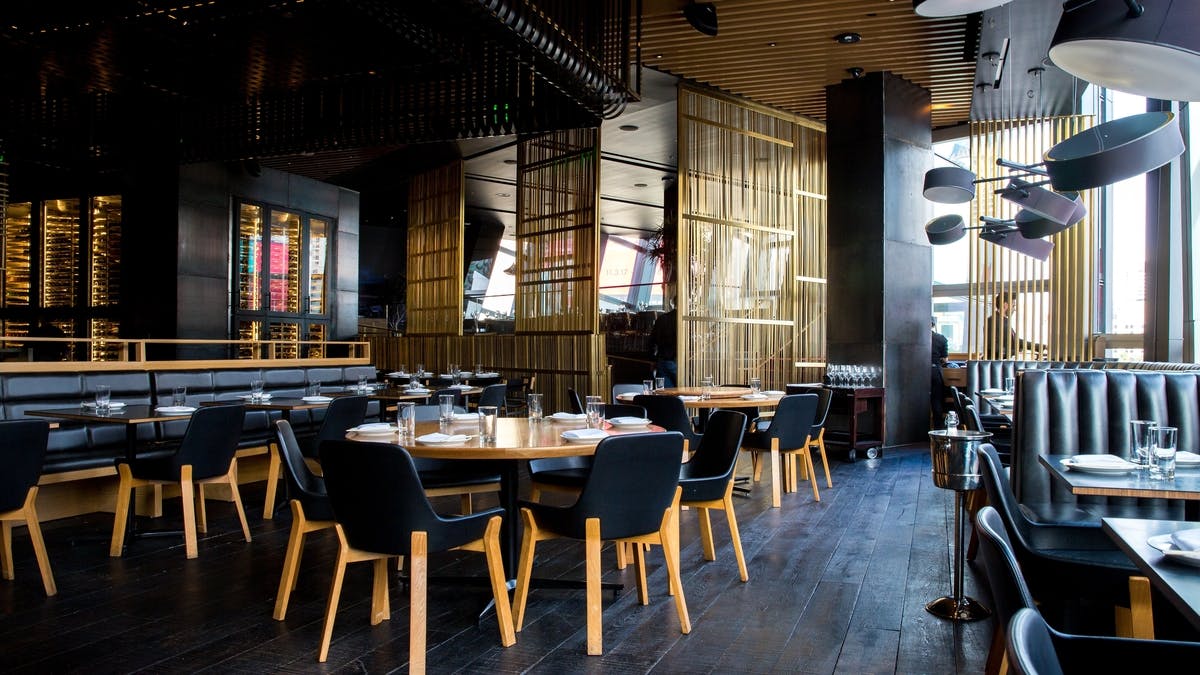In a challenging economic climate, Australian restaurants are adapting by diversifying their revenue streams. They are bottling up sauces, offering cooking classes, and even creating merchandise lines to generate income from multiple sources.
In addition to these new revenue avenues, Square’s “Future of Restaurants” report reveals that Australian restaurants are embracing technology to enhance efficiency and cope with rising operating costs and staffing shortages. Simultaneously, they are seeking support from their local communities.
This report, commissioned by Square and conducted by YouGov, surveyed restaurant owners, hospitality workers, and consumers, providing insights into the current state and sentiments within the industry.
While Australian restaurants display remarkable adaptability and resilience, they face several challenges, including customer retention (32%), escalating operating costs (32%), and difficulties in hiring, training, and retaining staff (31%). However, an impressive 97 percent of those surveyed believe that technology will play a crucial role in overcoming these hurdles.
Beyond Traditional Dining
As economic challenges persist, restaurateurs are exploring innovative ways to bolster their resilience. Driven by consumer interest (45%), economic incentives (40%), and fierce competition (39%), restaurants are branching out into new product and service offerings outside of their core dining experiences. One such example is Lox in a Box, a bagel shop in Sydney, which has introduced a line of merchandise to complement its primary business.
Candy Berger, co-owner of Lox in a Box, explains, “Merchandise is a creative outlet for us. We initially started with branded t-shirts for our staff, but then customers expressed interest in buying them. So, we expanded to include shirts, Lox In A Box hats, and even ‘sox in a box,’ which we thought was fun! It sold quite well.”
Consumers are receptive to this trend, with over half (55%) of millennial customers reporting that they have purchased items other than food or drinks from restaurants in the past year. Approximately one in three (29%) specifically bought merchandise during the same period.
Restaurants Powered by Technology
The era of using pen and paper in restaurants is fading, as technology adoption becomes increasingly prevalent.
Despite the perceived barriers—such as financial investment and transitional adjustments—95 percent of restaurants acknowledge the benefits of investing in software and automation technology. An analysis of data from Square and the Australian Business Registry reveals that restaurants utilizing Square for Restaurants technology were approximately three times more likely to survive compared to the industry average.
Beyond enhancing resilience, technology is facilitating restaurant growth. Half of restaurateurs generating $1 million or more in annual revenue believe that automation aids in customer acquisition (34%) and streamlining online ordering both in-house and through delivery apps (24%).
Mo Saad, co-owner of Fricken Chicken in Canberra, emphasizes, “Working smarter, not harder, is a driving force for us. Automation and technology have streamlined our operations, reduced wait times, increased productivity, and ensured more personalized customer interactions and overall satisfaction.”
Colin Birney, Head of Business Development for Square in Australia, adds, “When we discuss restaurant reinvention and technological adoption, we aren’t talking about replacing chefs with robots. Instead, we’re focusing on using technology to achieve incremental yet significant improvements. For example, waitstaff sending orders directly from the table’s side may save only a few seconds each time, but as service continues and more tables are served, these efficiency gains accumulate. These efficiencies translate into more tables covered per employee, serving more customers, and ultimately, business growth. Technology helps uncover both small and substantial wins.”
A Focus on Community Engagement
Communities have played a vital role in supporting restaurants during challenging times. A restaurant serves as more than just a place to dine—it’s a space for socializing, work, relaxation, and escape. For regular patrons, it can become a special place that bridges the gap between home and workplace. In fact, 21 percent of consumers emphasize the importance of an atmosphere that fosters a sense of home when choosing a restaurant.
Building a sense of community is a key strategy for restaurant owners to maintain resilience amid economic downturns. An impressive 90 percent of restaurant owners attest to the helpfulness (38%) or even instrumental role (51%) that community support has played in their success. Establishing personal connections by knowing customers’ names, orders, and details about their lives pays off in the long run. Notably, 58 percent of consumers rely on recommendations from friends and family when seeking new restaurants or cafes to visit.
Earlier this year, Square partnered with OpenTable to give restaurant wait-staff the ability to better personalise service based on diners’ unique preferences to create exceptional experiences. One of the first restaurants in Australia to benefit from the Square and OpenTable integration was Byron Bay-based, vegan restaurant No Bones.
“Square and OpenTable are our best friends: having them talking to each other makes our life so much easier, but also has a huge positive impact on our diners” said Lili Woollacott, Manager at No Bones. “Dining experience is so important to us and having all our dining data in one place – no matter where it comes from – means that we get to delight anyone that eats with us. Whether that’s about knowing where they are in their dining journey and improving the flow of diners through the restaurant, or knowing particular customers preferences and creating bespoke experiences for them. It builds loyalty and keeps them coming back!”
This year will continue to hold a lot of change for the industry. By diversifying core offerings, adapting to customer and employee needs, leveraging technology to work smarter, and engaging with the community, restaurateurs can better prepare for future challenges while creating a more resilient and efficient business.
More on the Square study here.
Keep up to date with our stories on LinkedIn, Twitter, Facebook and Instagram.

